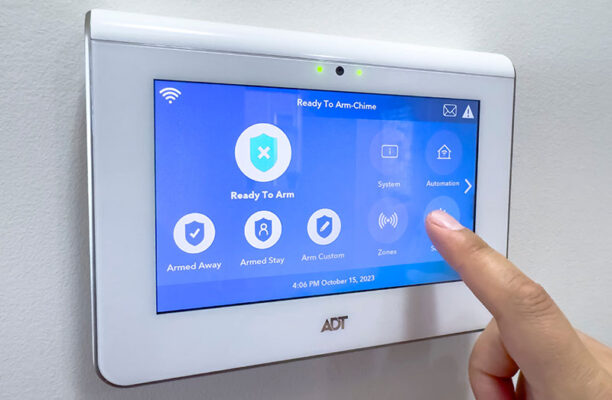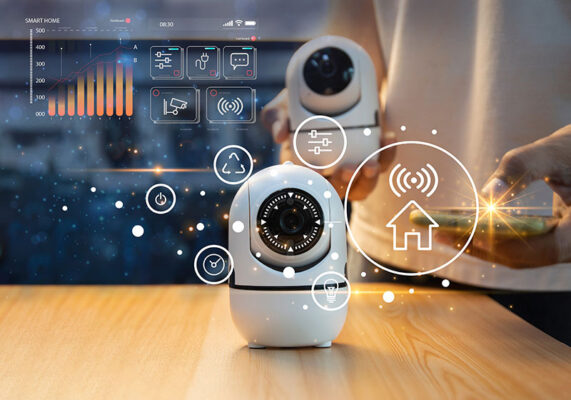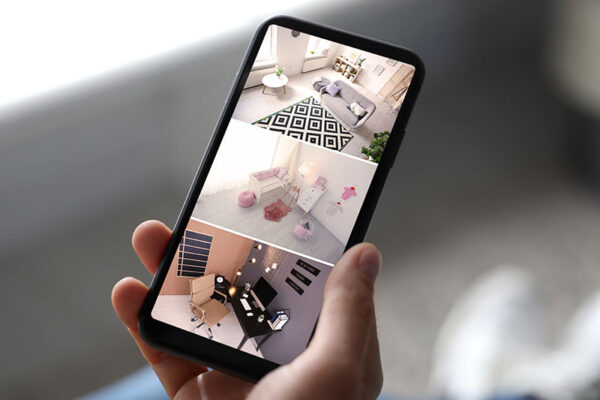Surveillance Camera and Alarm Panel Integration
By Greg Oppenheim
March 11, 2025
By Greg Oppenheim
March 11, 2025
Estimated reading time: 4 minutes
Integrating surveillance cameras with alarm panels can enhance security and surveillance systems and streamline operations like data sharing. Let’s look at the integration benefits and technologies required to synergize these disparate systems seamlessly. We will also explore several ongoing developments for businesses, building managers and homeowners in this market.

The alarm panel is called the human-machine interface (HMI) in the traditional home security system. The HMI links the person and the security system via the keypad or touch screen. The alarm panel is also the interface by which the user performs the following tasks:
The alarm panel acts as the interface between the security system and the user. It can also connect to the camera. In this scenario:
The user can complete these steps through the alarm panel.
Bringing together parts of an alarm system helps centralize data. It simplifies sharing information and improves the system’s effectiveness and user experience. Moreover, it gives the user one interface by which they can control and access multiple system peripherals.
For example, the user can control the surveillance camera from a distance. They can also take action based on what it records.

Traditional alarm systems were hard-wired using a plain old telephone service (POTS). Then, there was a move to cellular as a backup.
Cellular is the primary communication, acting as the link between the alarm system and the end user. It also links the alarm system to a monitored security system. This system connects to an alarm receiving center (ARC). An ARC monitors for the user and will dispatch police or fire department.
The alarm system relies on strong communication networks. These networks connect to the user or a monitored security system. Proprietary or short-range technologies connect all security system elements to the alarm panel. The most popular technologies include:

With modern home security systems, users can manage the parameters from their mobile phones. In effect, the alarm panel or interface has moved from the home, business or industrial environment to the phone. This change shows that consumers want to get phone notifications and control security from anywhere and in real time.
This development opens a range of new use cases. For example, a child can be dropped off late after practice. If the parent or guardian is not there to unlock the door, they can disable the alarm and unlock it from their phone.
Likewise, people on vacation can control their lights from afar. This helps stop anyone from looking for signs to break in.
Another notable development is that surveillance cameras are already coming to market with the technology and communication capabilities inside alarm panels. These cameras are self-contained units. They can connect to a network and communicate without being connected to an alarm panel. They are stand-alone solutions rather than a peripheral piece of a larger integrated system.
Telit Cinterion’s cellular and short-range product portfolio represents a sweet spot for these integrated security systems. We offer:
In addition, Telit Cinterion offers MVNO services that allow us to connect without restriction to most major network providers. Our connectivity plans and IoT solutions enable us to act as an extension of your engineering team.
Speak with our experts today to discover how we enable remote security and surveillance solutions with real-time monitoring.